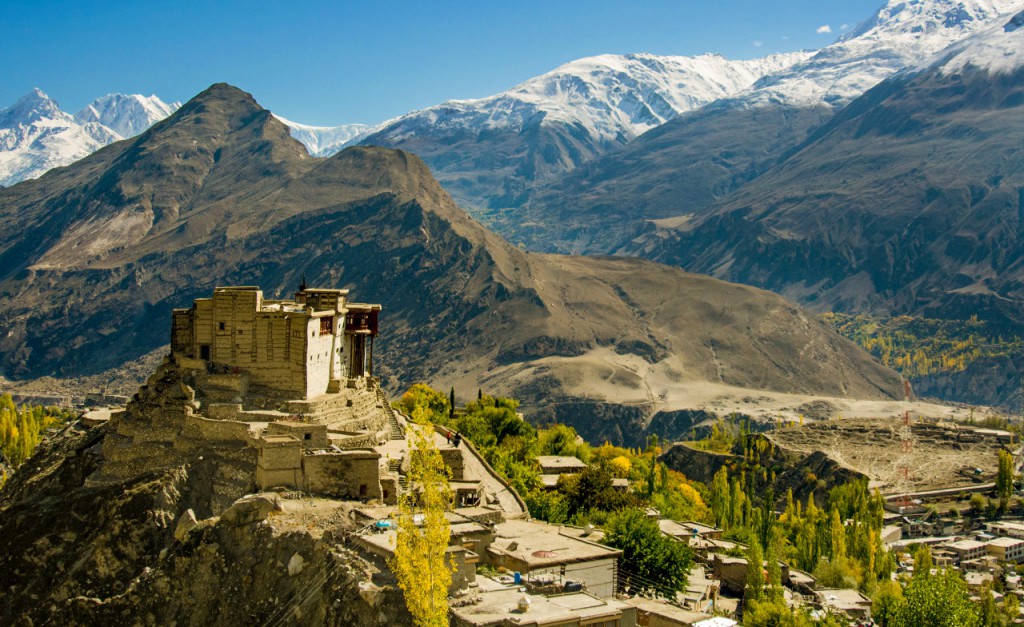Pakistan (Hunza Valley)

The Hunza is a mountainous valley in the Gilgit-Baltistan region of Pakistan.
The Hunza is situated in the extreme northern part of Pakistan, bordering with the Wakhan Corridor of Afghanistan and the Xinjiang region of China.
Hunza was an independent principality for more than 900 years.
The British gained control of Hunza and the neighbouring valley of Nagar between 1889 and 1892 followed by a military engagement of severe intensity.
The then Thom (Prince) Mir Safdar Ali Khan of Hunza fled to Kashghar in China and sought what can be called political asylum.
The ruling family of Hunza is called Ayeshe (heavenly), from the following circumstance. The two states of Hunza and Nagar were formerly one, ruled by a branch of the Shahreis, the ruling family of Gilgit, whose seat of government was Nagar.
Tradition relates that Mayroo Khan, apparently the first Muslim Thum ofNagar some 200 years after the introduction of the religion of Islam to Gilgit, married a daughter of Trakhan of Gilgit, who bore him twin sons named Moghlot and Girkis.
From the former the present ruling family of Nager is descended.
The twins are said to have shown hostility to one another from birth.
Their father seeing this and unable to settle the question of succession, divided his state between them, giving to Girkis the north, and to Moghlot the south, bank of the river.
The visitors to Hunza are overwhelmed by the rugged charm, the fragrant breeze singing through graceful poplar trees and the velvet-like green carpet of wheat fields, set against the background of snow-covered mountains.
Hi! I am a robot. I just upvoted you! I found similar content that readers might be interested in:
https://wikitravel.org/en/Hunza_Valley